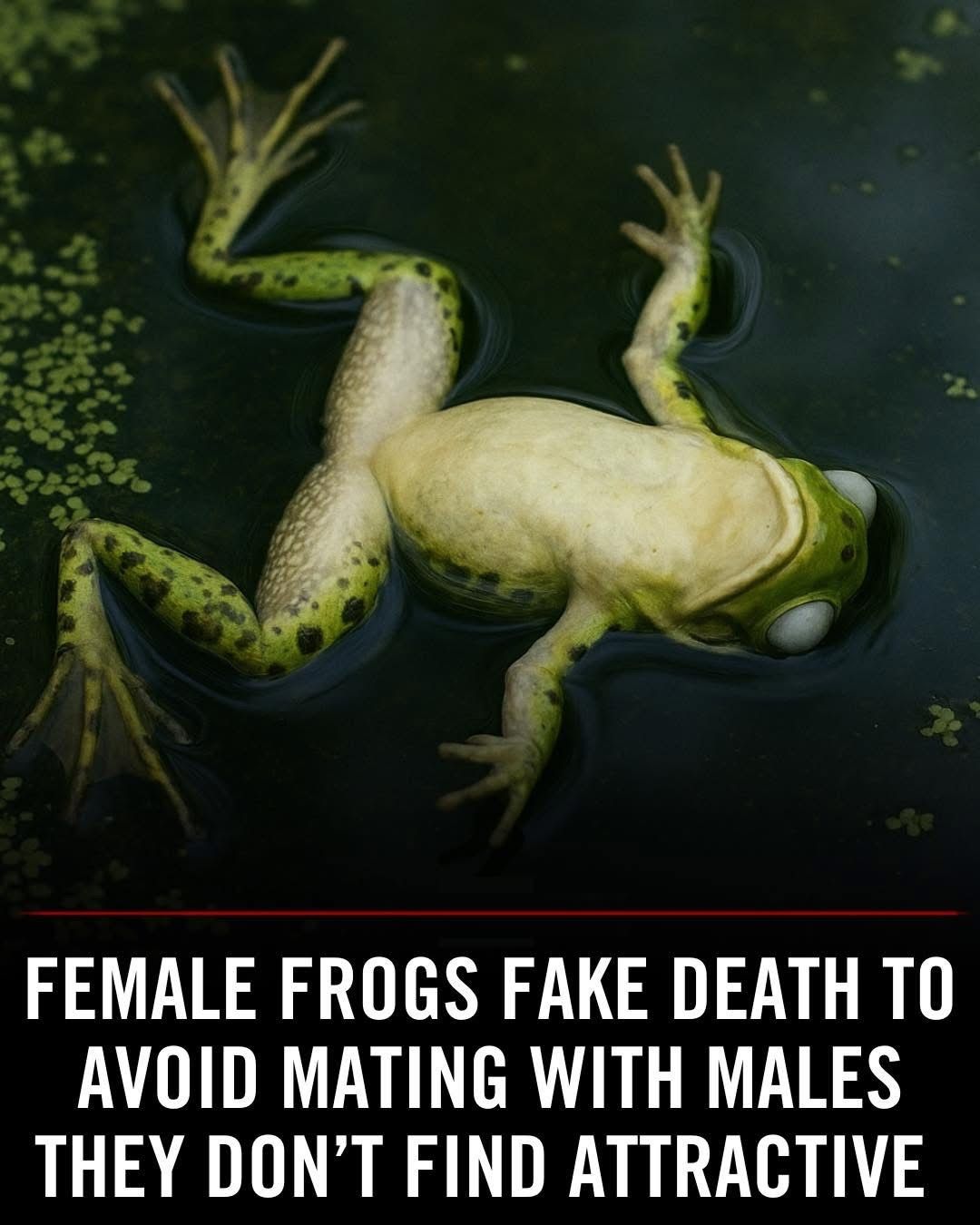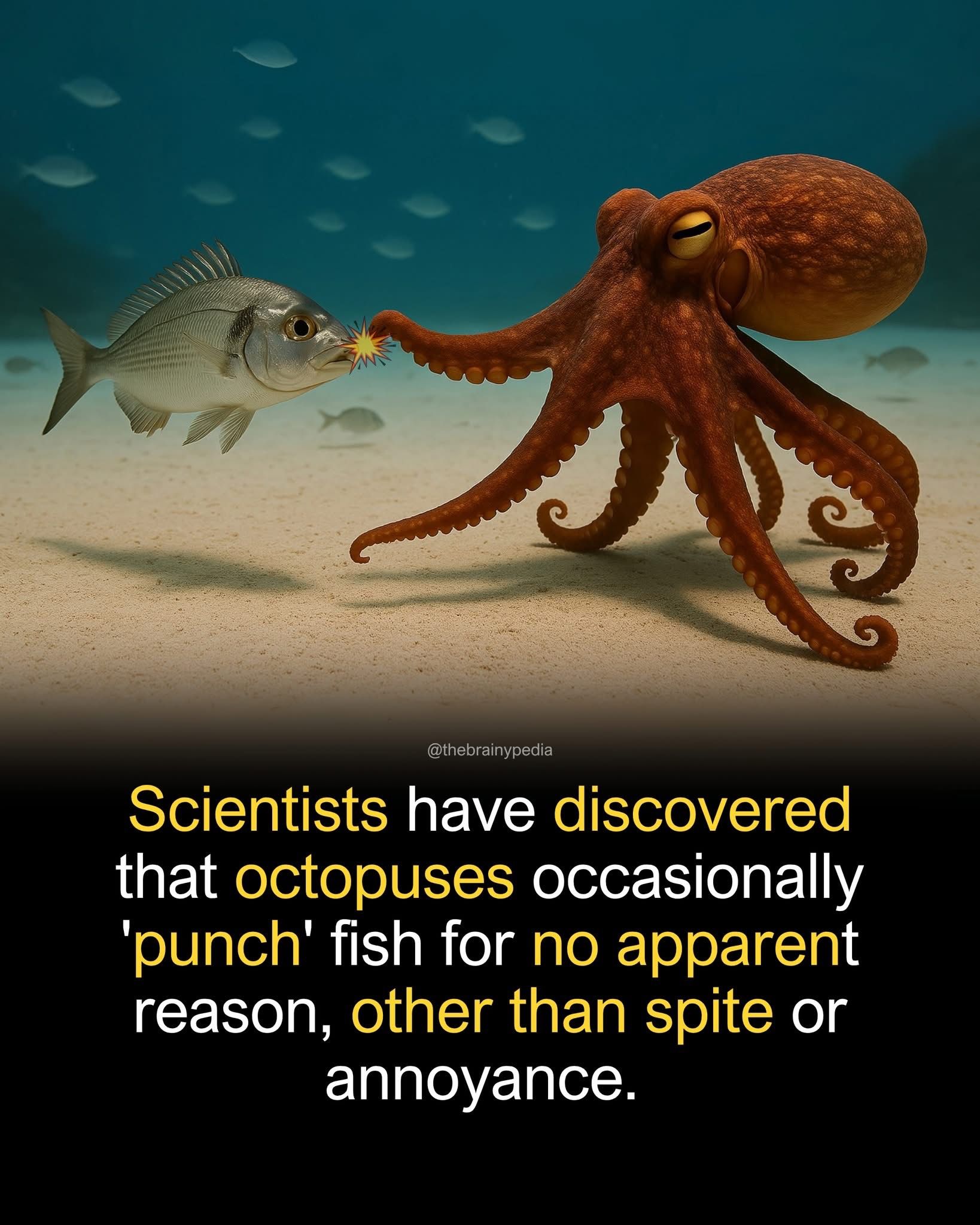Nature is Metal
-
Only about twice the size of domestic cats, Florida's bobcats may be small in size, but they're big in moxie.
Case in point: A bobcat appears to have killed a massive, 13-foot Burmese python in the Everglades recently and made a meal of it.
The 52-pound male python was a Conservancy of Southwest Florida scout snake nicknamed Loki. Scout snakes have implanted transmitters that are tracked and used to lure breeding females.
The invasive snake was found in a pile of debris, apparently mauled, with its head smashed and slashed, and partially buried for later feeding.
-
Giant centipede, after having babies, allows them to eat her for their nourishment. :eek
Link to video -
The teeth of the Maine blood worm are made from @copper. (Just joking - made from real copper)
Link to video -
Giant centipede, after having babies, allows them to eat her for their nourishment. :eek
Link to video@taiwan_girl said in Nature is Metal:
Giant centipede, after having babies, allows them to eat her for their nourishment. :eek
Cannot tell from the video whether babies eat each other too. Are the babies smart enough to distinguish mother from siblings?
-
@taiwan_girl said in Nature is Metal:
Giant centipede, after having babies, allows them to eat her for their nourishment. :eek
Cannot tell from the video whether babies eat each other too. Are the babies smart enough to distinguish mother from siblings?
@Axtremus In my very small research, it appears that
-
the mother is already dying when giving birth. So, maybe gives off some sort of smell the babies recognize?
-
there is some bacteria in the mother that helps the babies digest things, which I guess they by instinct know.
So, I dont think that they eat other babies.
-
-
-
Male bees die after mating with females
Link to video -
Every year in the early days of summer, we get 2 monarch caterpillars and the kids watch them phase into a chrysalis and eventually a butterfly. It only takes a few weeks, a few leaves of milkweed, and it’s a remarkable sight to see to be honest.
This year, our first caterpillar went into chrysalis, and instead of emerging, we woke up one morning to find a string of silk from the hanging chrysalis down to the bottom of the container, after a quick Google it turned out T-flys will infect a caterpillar with parasitic eggs and once the caterpillar goes into chrysalis (hanging mode) the parasite eats the caterpillar from within, resulting in two or three fly larva climbing down a rope like a fucking mission impossible scene, and crawling around the jar until they turn into flies. Gross.
https://www.internationalbutterflybreeders.org/tachinid-fly-by-rose-franklin/
-
Pictures or it didn’t happen.
By the way that’s also a lesson for the kids though perhaps a bit gruesome.
@jon-nyc said in Nature is Metal:
By the way that’s also a lesson for the kids though perhaps a bit gruesome.
THIS IS WHAT WILL HAPPEN TO YOU IF YOU WANDER OFF AGAIN!!!!
-
Not quite sure of the ending to this.. whether it was good or bad.
(title is a bit incorrect. Not sure if the leopard "saved" the deer or not)
Link to video -
New research shows some female frogs fake their own deaths to avoid unwanted mating. We’re talking full-body limp, floating upside down, even holding their breath. It’s the ultimate ghost move—literally.
Turns out “playing dead” isn’t just for opossums… it’s for frog queens dodging thirsty suitors, too.


-
New research shows some female frogs fake their own deaths to avoid unwanted mating. We’re talking full-body limp, floating upside down, even holding their breath. It’s the ultimate ghost move—literally.
Turns out “playing dead” isn’t just for opossums… it’s for frog queens dodging thirsty suitors, too.


@Mik said in Nature is Metal:
New research shows some female frogs fake their own deaths to avoid unwanted mating. We’re talking full-body limp, floating upside down, even holding their breath.
I've known a couple of girls like that. I just ignored it and carried on regardless.
-

Scientists have observed octopuses punching fish, and sometimes it seems to happen for no clear reason other than what might be interpreted as spite. According to Science Alert, in a fascinating study published in Ecology (2020), scientists observed octopuses teaming up with fish to hunt in coral reefs. These unlikely alliances are usually cooperative: the octopus flushes prey from crevices, while the fish chase down anything that escapes. But every so often, the octopus does something unexpected, it punches its fish partner.
With a swift jab of an arm, the octopus will strike a fish mid-hunt. Sometimes it’s strategic, maybe the fish was getting too close to the prize or disrupting the hunt. But in other cases, as marine biologist Eduardo Sampaio and his team noted, the punch seemed to serve no clear purpose. No food was at stake. No interference was happening. The octopus just punched. Researchers call this “active displacement,” a way for the octopus to assert control or perhaps vent frustration.
